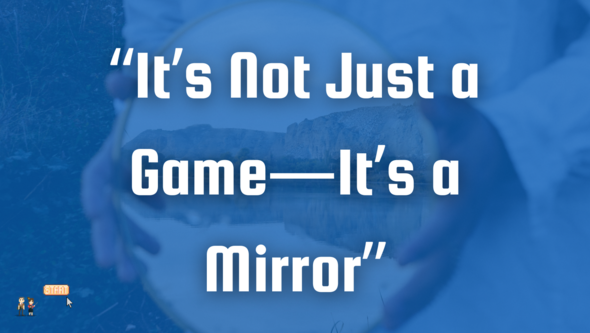Summary:
Strategy Quest offers two distinct paths: embarking solo or with a team, each providing unique insights and experiences. Solo participants enjoy personal exploration and flexibility, discovering their strategic instincts and experimenting freely. Teams, on the other hand, benefit from collaborative dynamics, shared insights, and strengthened networks. Ultimately, the choice depends on individual goals, with many strategists opting to experience both for a comprehensive understanding of their capabilities and collaborative potential.
"Should I go it alone or bring my team?"
It's the question we hear most after "What exactly happens in Strategy Quest?" And honestly? There's no wrong answer. Just different adventures waiting to unfold.
Both approaches lead to breakthrough insights. Just... different ones.
The Solo Journey: Your Personal Innovation Laboratory
Going solo in Strategy Quest is like having your own strategic sandbox. No politics. No groupthink. No need to explain why you want to try that wild partnership with the mycelium furniture startup (yes, that's a real scenario from Round 4 in our last Quest).
You control the pace. Want to spend three hours analyzing competitor moves? Go for it. Need to squeeze your strategy work between meetings? That works too. Solo participants often tell us they love the flexibility to dive deep when inspiration strikes.
You see your true capabilities. There's nowhere to hide when you're making every decision. One participant put it perfectly: "I discovered I'm actually more risk-averse than I thought. Without my team pushing for bold moves, I played it safe. That was... enlightening."
You experiment freely. No need to build consensus or justify your hunches. Want to pivot Aeki's entire business model to furniture-as-a-service? Try it. Curious about an alliance with that sketchy AI startup? Run the experiment. Your failures are yours to learn from, privately.
The Team Experience: Accelerated Chemistry Under Pressure
Teams in Strategy Quest aren't just colleagues, they're co-conspirators navigating chaos together. And that shared struggle? It creates bonds that last long after the simulation ends.
Ideas compound. We've watched teams build on each other's insights in ways that surprise everyone, including us. "I never would have considered the urban densification angle," one participant shared, "but when they mentioned it, suddenly our whole strategy clicked."
Leadership emerges organically. Without formal hierarchies, teams discover who naturally steps up during crisis, who excels at stakeholder management, who spots patterns others miss. It's like a leadership assessment, minus the awkward trust falls.
Perspectives multiply. The final strategy wove together insights from different angles that none may/could have reached alone.
Networks strengthen. Going through Strategy Quest together is like a strategic boot camp. Teams often continue meeting monthly to discuss real challenges, applying frameworks they discovered during the simulation.
The Verdict? It Depends on Your Quest
Choose solo if you're seeking:
- Deep personal reflection on your strategic instincts
- Maximum flexibility in time and approach
- Unfiltered feedback on your individual capabilities
- Freedom to experiment without consensus-building
Choose team if you're seeking:
- Accelerated relationship building with peers
- Exposure to diverse strategic perspectives
- Practice in collaborative leadership dynamics
- A shared language for future strategic discussions
Here's the twist: we expect many of our most successful strategists to do both. They start solo to understand their own patterns, then return with their team to practice collaborative strategy. Or vice versa.
Because in the end, strategy and innovation aren't just about having the right answers. It's about knowing yourself well enough to build on your strengths and wise enough to know when you need others to see what you can't.




